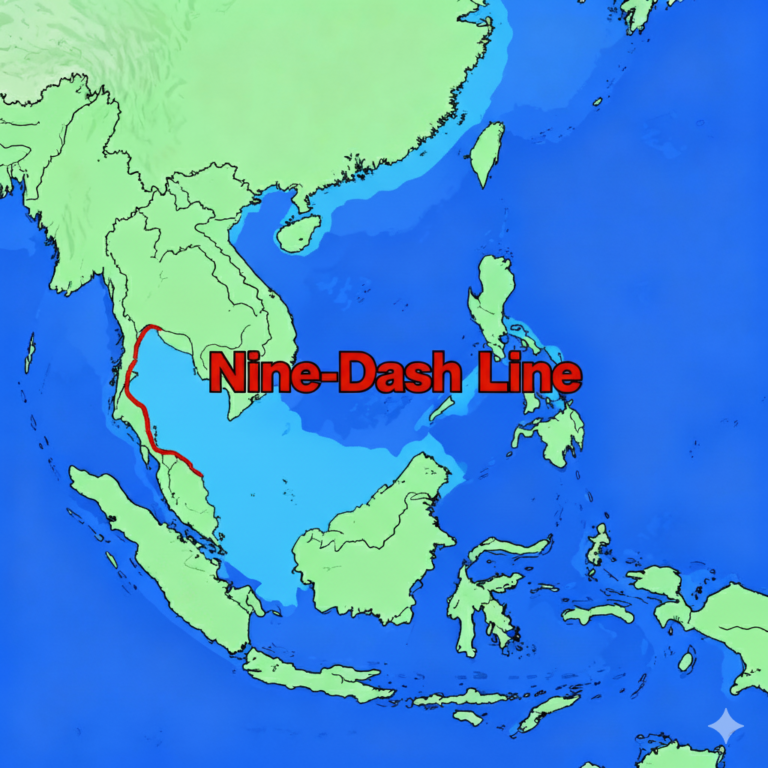Peace and economic confidence often go hand in hand. In late April 2025, India and Pakistan stunned the international community with the announcement of a ceasefire agreement aimed at de-escalating long-standing tensions along the Line of Control (LoC). While this move is widely viewed as a step toward regional stability, its effects were felt far beyond the borders. One of the most immediate responses came from the Indian stock markets, particularly the Nifty 50 index, which surged in response.
This blog explores how political developments such as ceasefires influence investor sentiment, unpacks the specifics of the recent India-Pakistan ceasefire, and examines what this means for short-term market performance and long-term investor confidence.
The Ceasefire Announcement: A Timeline and Context
Background India and Pakistan have a complex history, marked by several wars and frequent skirmishes along the border. Ceasefire agreements have been announced before, but many have not lasted long. This time, however, both nations reiterated their commitment to “sustained peace and dialogue.”
Key Details of the April 2025 Ceasefire:
- Joint statement from the Directors General of Military Operations (DGMO)
- Effective ceasefire starting April 27, 2025
- Commitment to not initiate cross-border firing and respond diplomatically to violations
- Back-channel diplomatic talks facilitated by neutral nations
This announcement came at a time when global markets were already grappling with inflation, regional conflicts, and volatile oil prices. The positive political signal provided a much-needed breath of optimism.
Nifty 50’s Response: A Surge Driven by Sentiment

On the day of the ceasefire announcement, the Nifty 50 index closed nearly 2.4% higher, marking one of its best single-day gains in recent months. Banking, infrastructure, and defense sectors saw especially high investor activity.
Top Gainers:
- Larsen & Toubro
- HDFC Bank
- Adani Ports
- Hindustan Aeronautics Limited
Why Nifty Responded Positively:
- Reduced Geopolitical Risk: Less fear of border conflicts translates into lower risk premiums.
- Foreign Institutional Investment (FII): A ceasefire signals political stability, a key factor for foreign investors.
- Boost to Domestic Sentiment: Retail investors tend to follow media headlines; peace signals encourage buying.
Analyst Reactions: Optimism with Caution
Several market analysts have weighed in on the implications of the ceasefire for India’s stock market.
Short-Term Outlook:
- Bullish trend expected to continue for 1-3 weeks
- Volatility expected to reduce across defense and energy sectors
- Increased foreign inflows in infrastructure and manufacturing
Long-Term Considerations:
- Sustainability of peace is a key factor
- Investor confidence hinges on implementation and follow-up diplomacy
“The market loves certainty, and this ceasefire adds a layer of predictability to India’s geopolitical outlook,” says Radhika Menon, Chief Economist at Mumbai Financials.
Sectoral Impact: Who Benefits the Most?
1. Defense:
- While tensions often lead to defense stock surges, sustained peace may cause a short-term dip followed by normalization.
- Long-term investment may shift toward defense R&D rather than immediate production.
2. Infrastructure:
- Improved investor confidence may result in faster approvals for infrastructure projects.
- Cross-border trade initiatives could get revived.
3. Banking and Finance:
- Reduction in macroeconomic uncertainty boosts investor and consumer confidence.
- Lower volatility could result in improved loan demand and financial planning.
4. FMCG & Consumer Goods:
- Positive sentiment supports consumption.
- Rural demand, especially in border areas, expected to improve.
The FII and DII Perspective: Watching Closely
Foreign Institutional Investors (FIIs):
- Immediate increase in net equity inflows post-announcement.
- Increased interest in mid-cap and large-cap indices.
- Focus on sectors with export potential and lower political risk.
Domestic Institutional Investors (DIIs):
- Renewed interest in PSU stocks and government-driven projects.
- Increased participation in debt markets amid expectations of policy easing.
Historical Parallels: Ceasefires and Market Behavior
Looking at history, stock markets have often responded positively to political de-escalations:
Examples:
- Kargil War (1999): Market dipped sharply during conflict; surged post-declaration of ceasefire.
- Uri Attacks Response (2016): Markets were volatile until diplomatic tensions eased.
- 2018 Indo-Pak Ceasefire Agreement: Similar but less pronounced positive market reaction.
Each time, the pattern was similar: tensions depress markets, peace boosts them.
Risks & Caveats: Not All That Glitters…
While the current optimism is understandable, there are risks:
- Ceasefire Violation: Past experience suggests that peace can be fragile.
- Elections & Political Posturing: Domestic politics can reverse diplomatic efforts.
- Global Headwinds: US Fed policies, oil prices, and China’s economy still influence Indian markets.
Investors should remain cautious, diversify portfolios, and monitor updates from diplomatic and defense sources.
Expert Strategies for Investors
Retail Investors:
- Focus on blue-chip stocks with low volatility
- Diversify into mutual funds with geopolitical exposure control
- Avoid reactionary trading based on news headlines
Long-Term Investors:
- Infrastructure and logistics are safer long-term bets
- Keep an eye on trade agreement developments
Traders:
- Look for momentum plays in defense, banking, and infrastructure
- Use stop-loss orders to manage risk
Conclusion: A Promising Start, But Stay Grounded
The India-Pakistan ceasefire marks an important diplomatic milestone with tangible effects on financial markets, particularly the Nifty 50. While the surge in investor sentiment is encouraging, maintaining perspective is essential. Sustainable peace, follow-through diplomacy, and a stable global macroeconomic environment will determine whether this optimism translates into long-term growth.
As both domestic and foreign investors adjust their portfolios, the current climate offers both opportunities and lessons in measured optimism.









+ There are no comments
Add yours